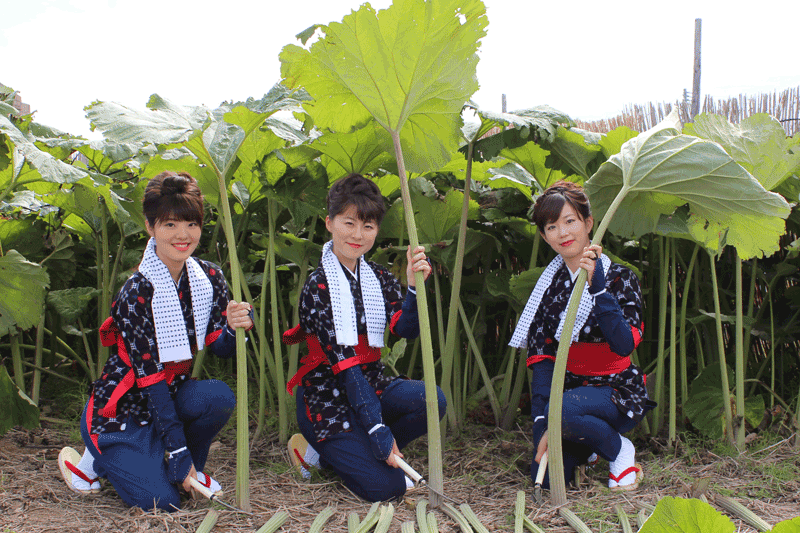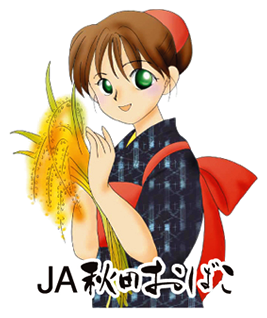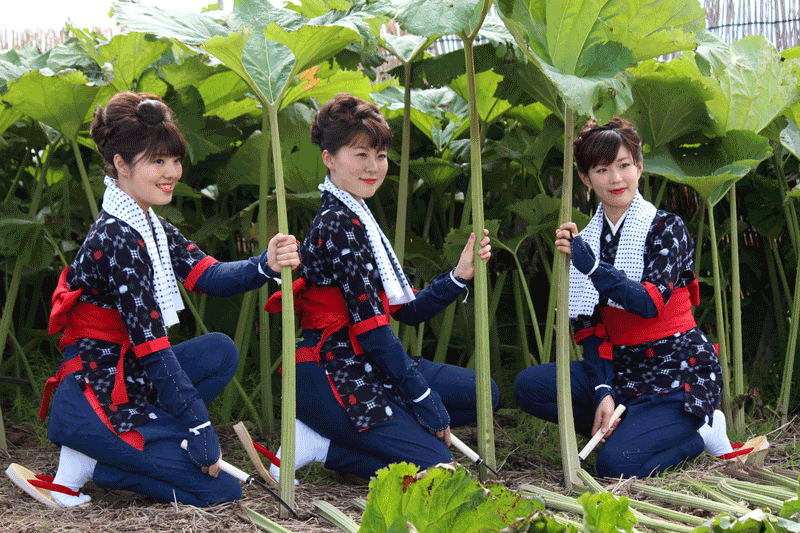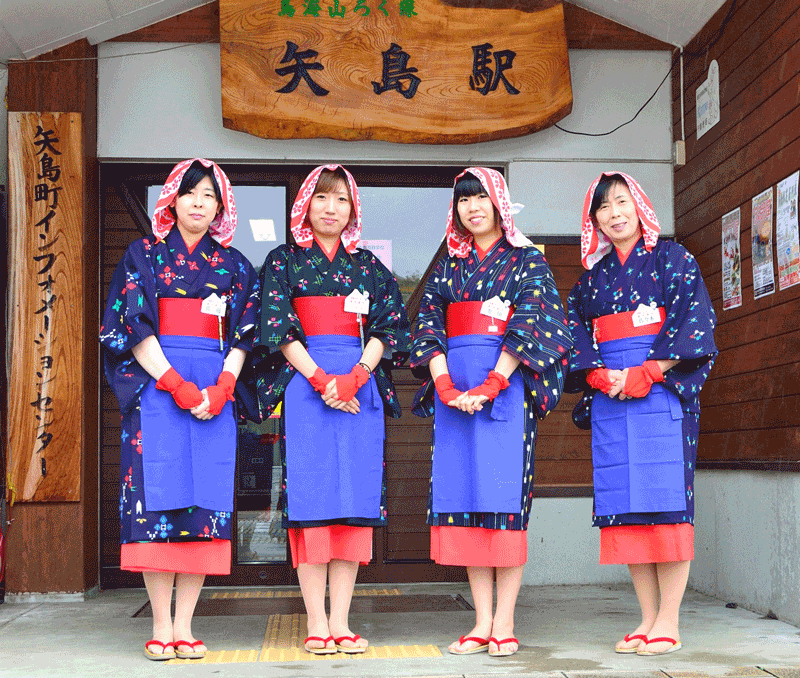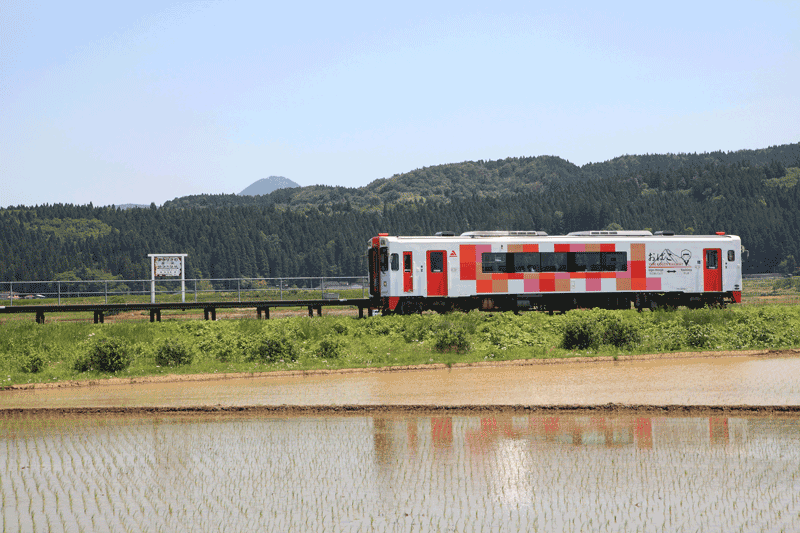Continuing our tour of Tohoku as we spend time with one of the symbols of this northern prefecture – the Akita Obako.
Among the prefectures of Tohoku, Akita holds a special position. You would be hard pressed to find an area that is home to such geographical variety, which ranges from the fertile plains where rice has been cultivated for generations to the rugged coastline on the west. It’s a land that produces plenty of renowned sake (and consumes more of it than any other prefecture), and draws tourists to the many onsen that surround the scenic Lake Tazawa to the south. It’s also a region that maintains a strong connection to its agrarian past through its wide variety of seasonal festivals, from the cultural celebrations that the cities hold in the dead of winter to fireworks competitions that set the night skies ablaze. Join us over the next few months, as we explore this unique land, and the many traditions that have sprung from it.
We begin our cultural tour with the Akita Obako, a figure who has become a symbol of the region’s youth and of the richness of this northern prefecture.
A Child of the Land
In Akita ben, or the dialect of Japanese as it is spoken in Akita, obako means “daughter,” but the word is often used to refer to an unmarried woman. A local phrase – “Akita obako musume” – is used to refer to someone who was born and raised in Akita. The city of Daisen is where the phrase first began being used, but it is now a common turn of phrase used around the prefecture. Unlike the Akita Bijin, or “beauty of Akita,” the Akita Obako is meant to represent a simple, unstudied grace, and it’s a quality you can expect to encounter on your travels around the prefecture.
Drawing a Character to Life
The concept of the Akita Obako was given a distinct visual identity thanks to the Japanese Agriculture (JA) collective, who began using a manga-inspired image of the young woman on their product packaging and buildings nearly 20 years ago. The original picture was drawn by an employee of the collective who was also an amateur manga artist; reproductions of the picture can now be found on products around the region. Given Japan’s love of the yuru kyara – a cartoon figure that is often used as part of the branding of a prefecture, city, or business – it should come as no surprise that this simply drawn version of the regional character has developed a life of her own. In fact, she might have even been a little ahead of her time, having gotten the historical jump on such super popular characters as Kumamon and Funassyi.
She’s Got the Look
The Akita Obako frequently appears in traditional farming clothes: a dark blue coat and pants, which are marked with colorful, geometric patterns. The outfit is set off with a thick red belt and shoulder straps, which would have been a kind of simple backpack years before, and topped with a red ribbon in the hair. In a case of life imitating art, most of the time that people are dressing as the Akita Obako, they dress in the same style as the manga “original,” sometimes adding a pair of red cloth gloves. In photographs, she is often next to the thick-stalked, broad-leaved fuki. A type of butterbur that is also known as Japanese sweet coltsfoot, the fuki is Akita’s official plant. This wild-growing green can quickly grow to impressive heights and is known for its tangy, bitter taste.
The Echoes of Tradition
Along with the prefecture’s many festivals, Akita is known for its rich history of folk singing, and there is a famous minyo (folk song) named in honor of the Akita Obako. The song’s lyrics tell of a 17-year-old girl who spends her time amid hills and fields, gazing on the blooming trees and flowers.
It’s a well known song that has been recorded by everyone from traditional Japanese singers to the switched-on shamisen duo, the Yoshida Brothers. But perhaps nowhere is it more beloved than in the Omagari neighborhood of Daisen, where a yearly folksinging competition is held. Young and old join take part each June as each singer does their utmost to bring an award-winning interpretation to the beloved words and melody.
Ladies of the Railway
In honor of the neighborhood’s musical heritage, every time a train pulls in to Omagari Station, the melody of “Akita Obako” plays over the loudspeakers. Thanks to a promotion held by Yuri Kougen Railways, visitors to the area can also spend a bit of time with the Akita Obako themselves.
On one trip during the weekend, the train runs its full route – a total of 12 stations – between Yashima and Ugohonjo with a group of attendants passing up and down the aisles, serving regional specialties. And at the final station of Yashima, a local woman named Matsuko has been keeping the tradition of the friendly station shopkeep alive. Matsuko opened her shop “Matsuko’s Room” back in 1985, and many people make the trip from Tokyo and farther south just to pay the shop a visit.
For those of us who are used to packed, multi-car train trips, riding a single car through the scenic landscapes around Daisen feels like a step back in time, a feeling that is only amplified by the presence of these traditionally dressed women, garbed in history.
For more information about Yuri Kougen’s service, visit www.obako5.com
Sponsored Post
Updated On December 26, 2022

